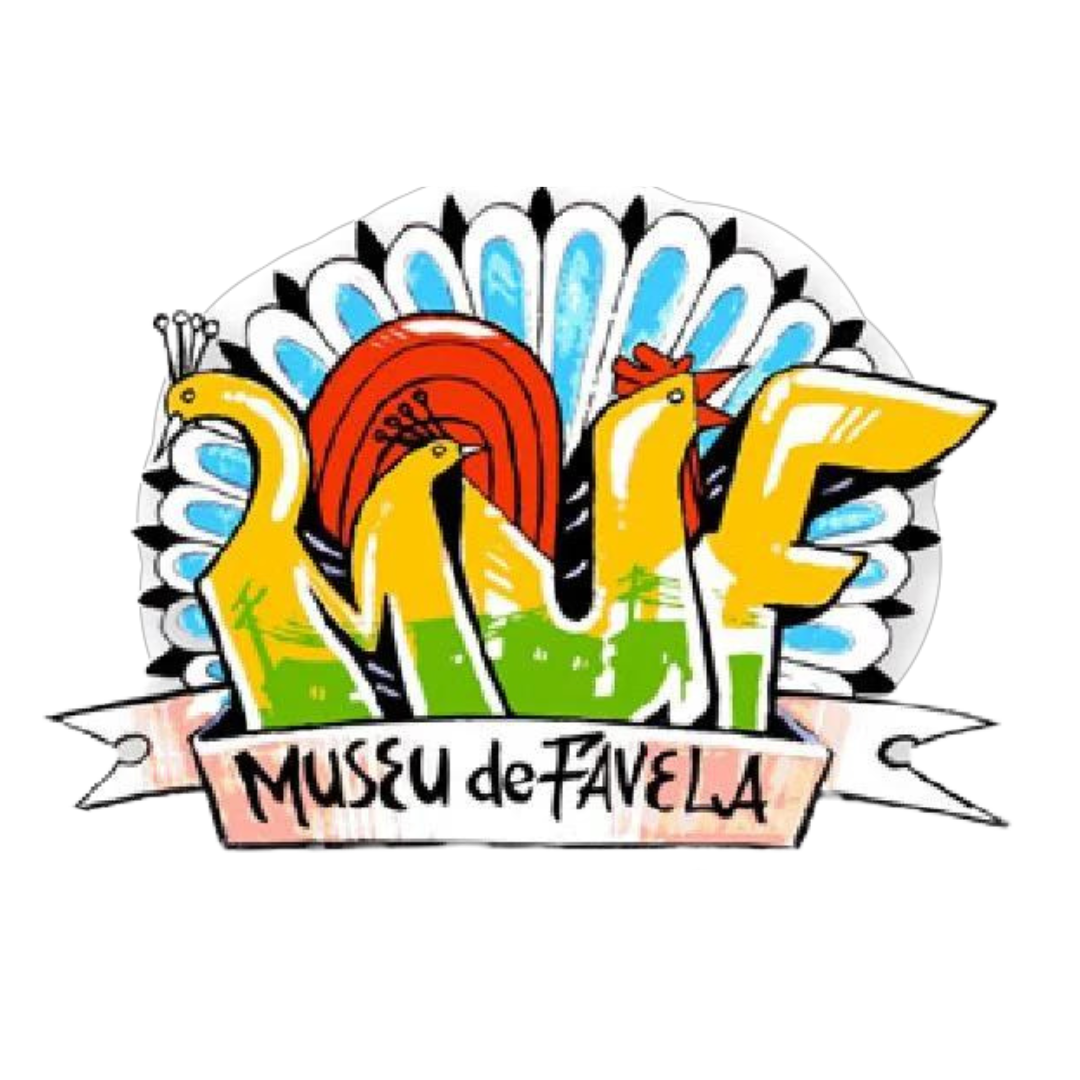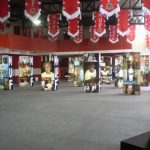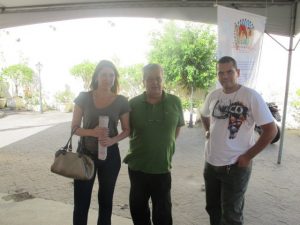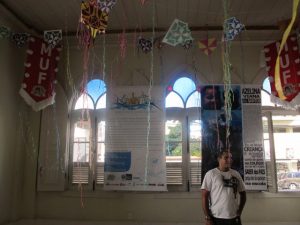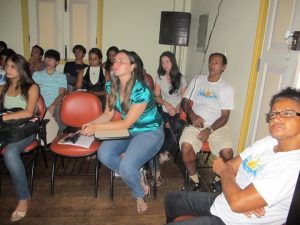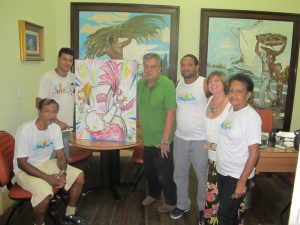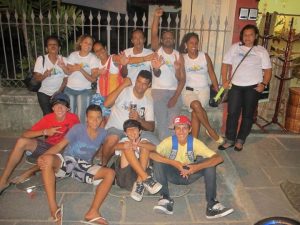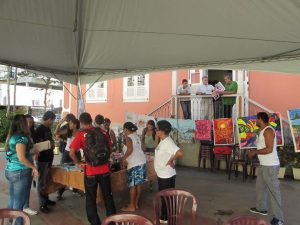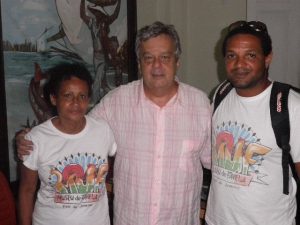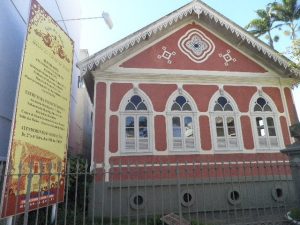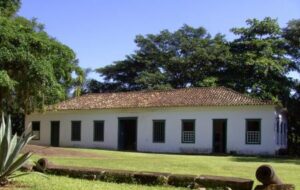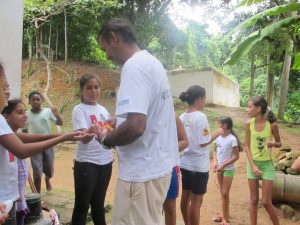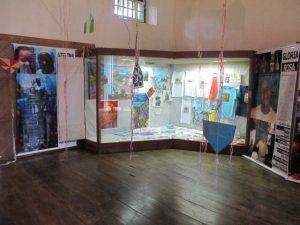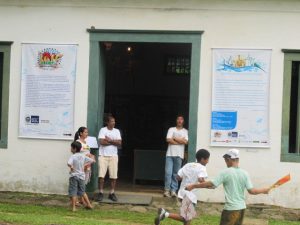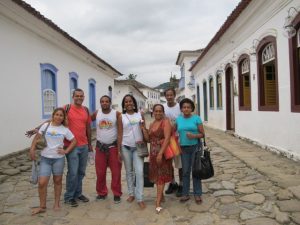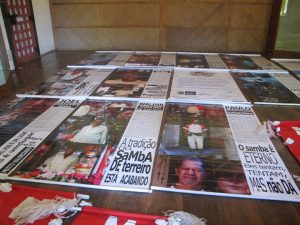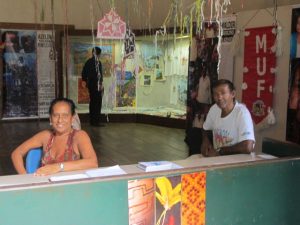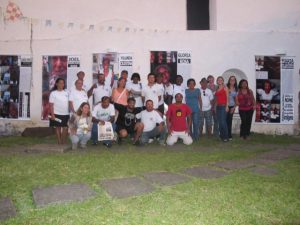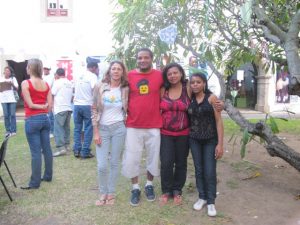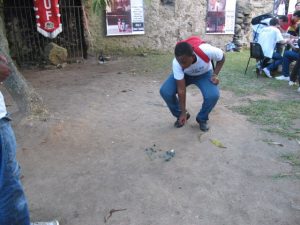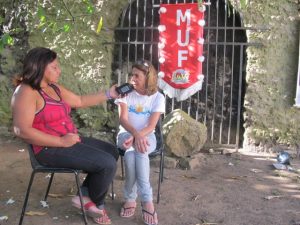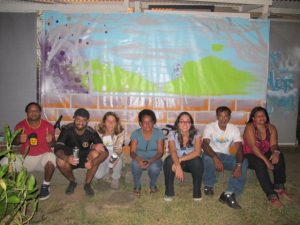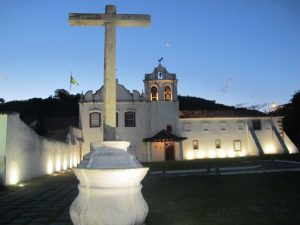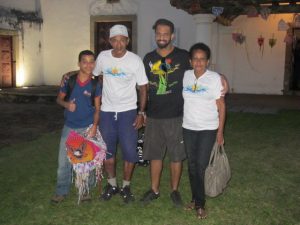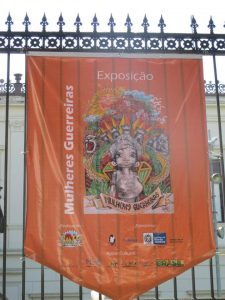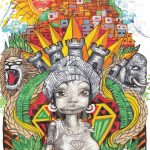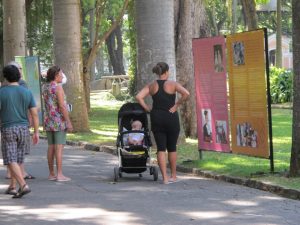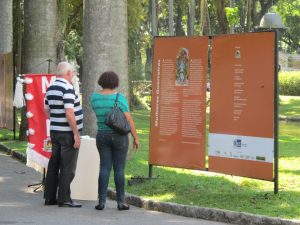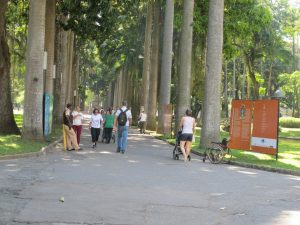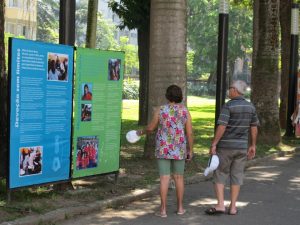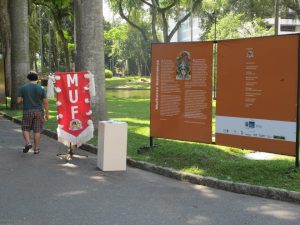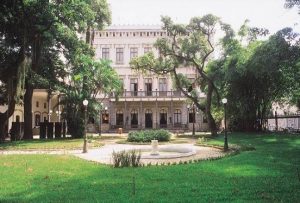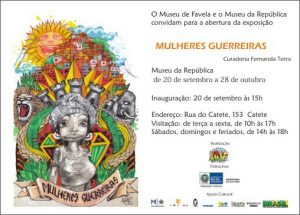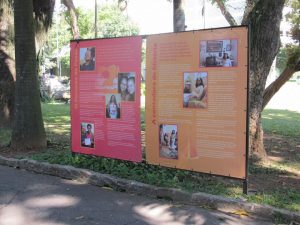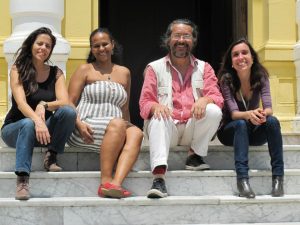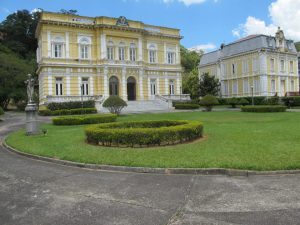A exposição itinerante entrevistou e homenageou antigos moradores, fazendo uma demonstração de reconhecimento pela trajetória de luta e resistência dessas pessoas. Através de suas falas é perceptível que no passado enfrentaram sérias dificuldades de sobrevivência, conviveram com o risco das remoções e são estas histórias que o Museu de Favela quer ter em seu acervo. Por meio das memórias individuais, entendemos a memória coletiva deste território, das relações de pertencimento e da identidade local. A partir da coleta destes depoimentos, o Museu de Favela em seguida leva este acervo (banners) para diversos espaços culturais dentro e fora do Rio de Janeiro, a fim de divulgar a história de formação da comunidade de Pavão, Pavãozinho e Cantagalo, recuperada da história oral de moradores ilustres, feita por moradores da favela e que fazem parte da Organização Museu de Favela.
The itinerant exhibition interviewed and paid homage to former residents, making a show of recognition for the trajectory of struggle and resistance of these people. Through their speeches, it is noticeable that in the past they faced serious difficulties of survival, lived with the risk of evictions and these are the stories that the Favela Museum wants to have in its collection. Through individual memories, we understand the collective memory of this territory, the relations of belonging and the local identity. After collecting these testimonies, the Favela Museum then takes this collection (banners) to various cultural spaces inside and outside Rio de Janeiro, in order to disseminate the history of the formation of the community of Pavão, Pavãozinho and Cantagalo, recovered from oral history of illustrious residents, made by residents of the favela and who are part of the Favela Museum Organization.
